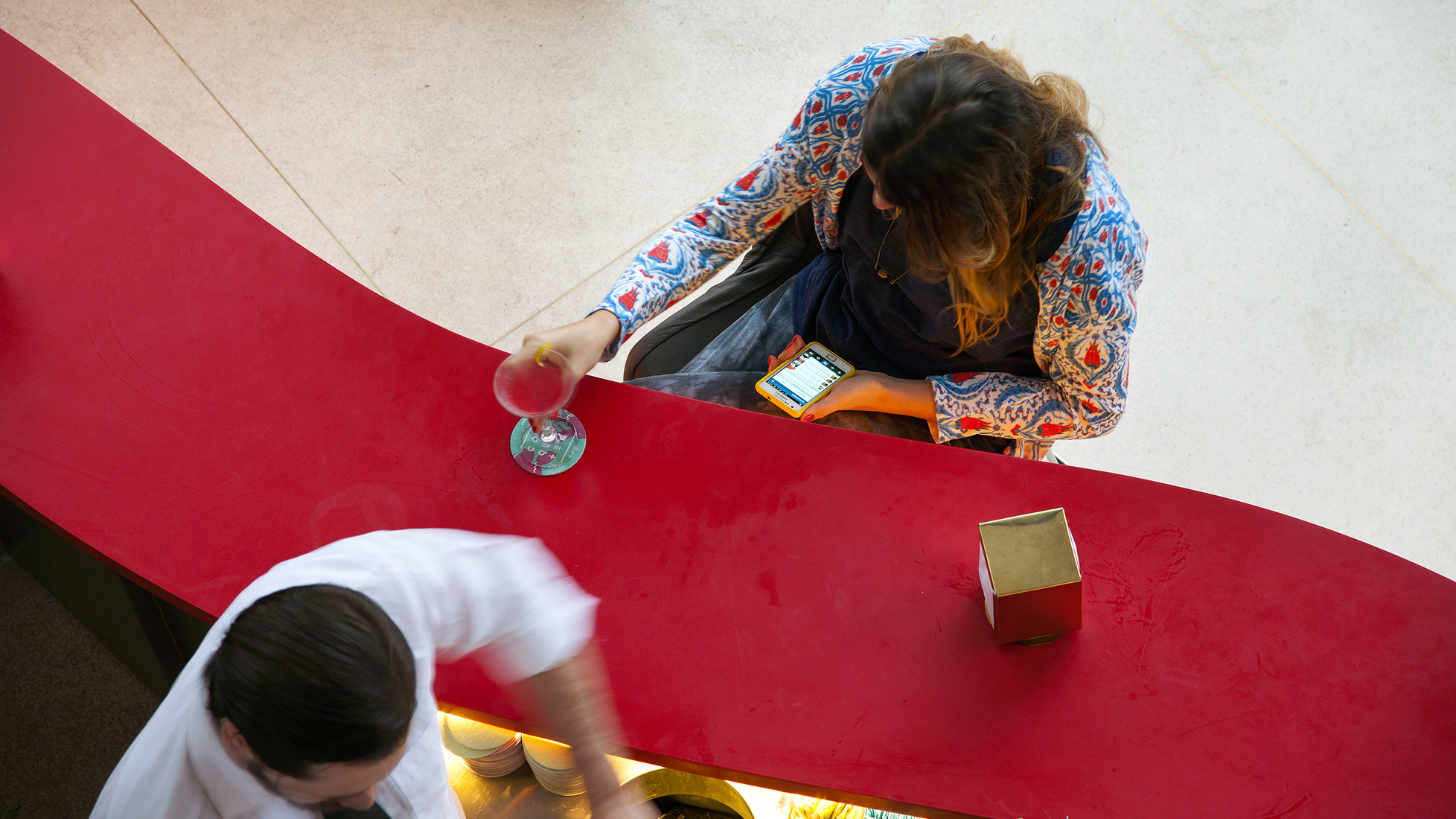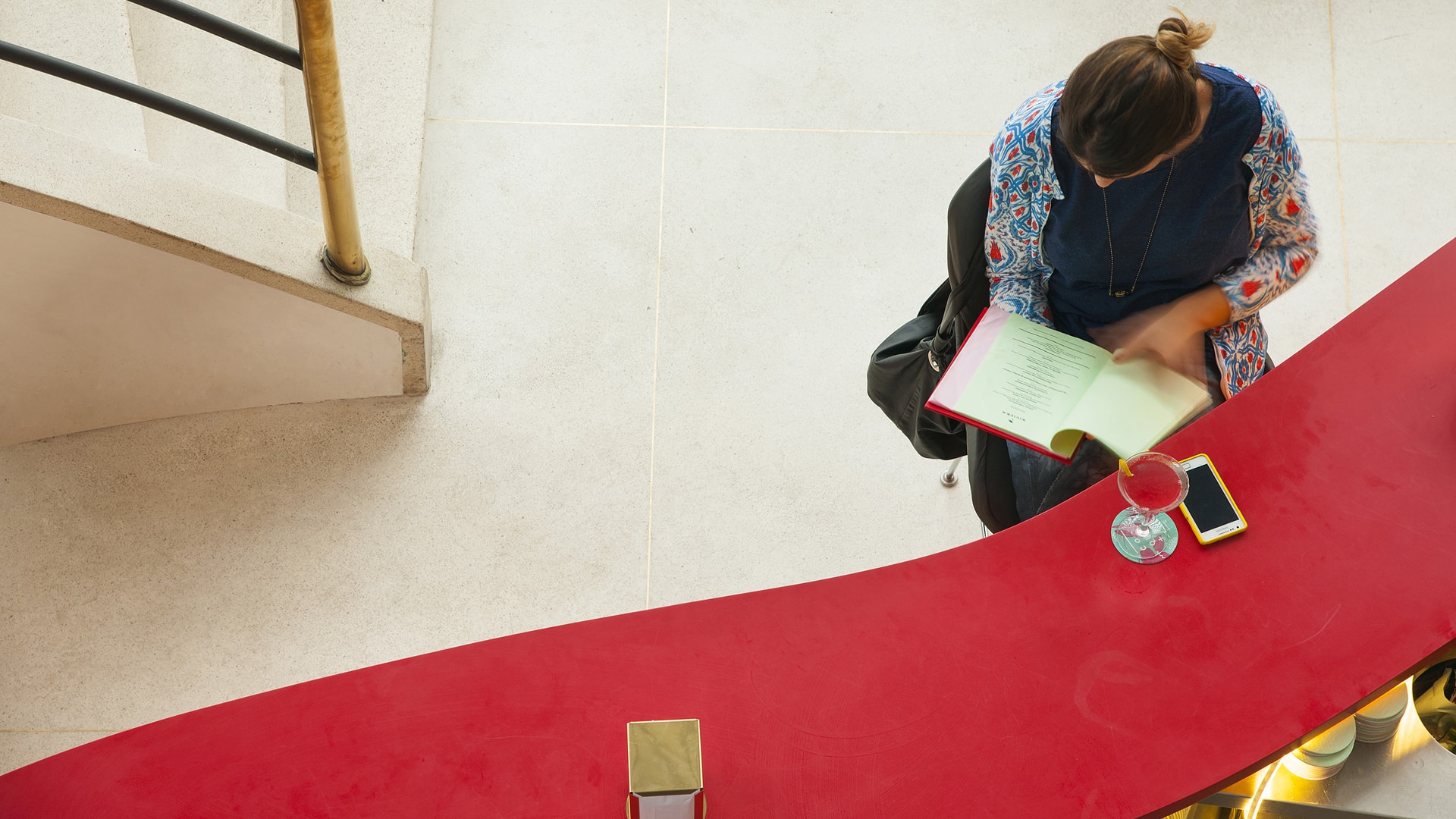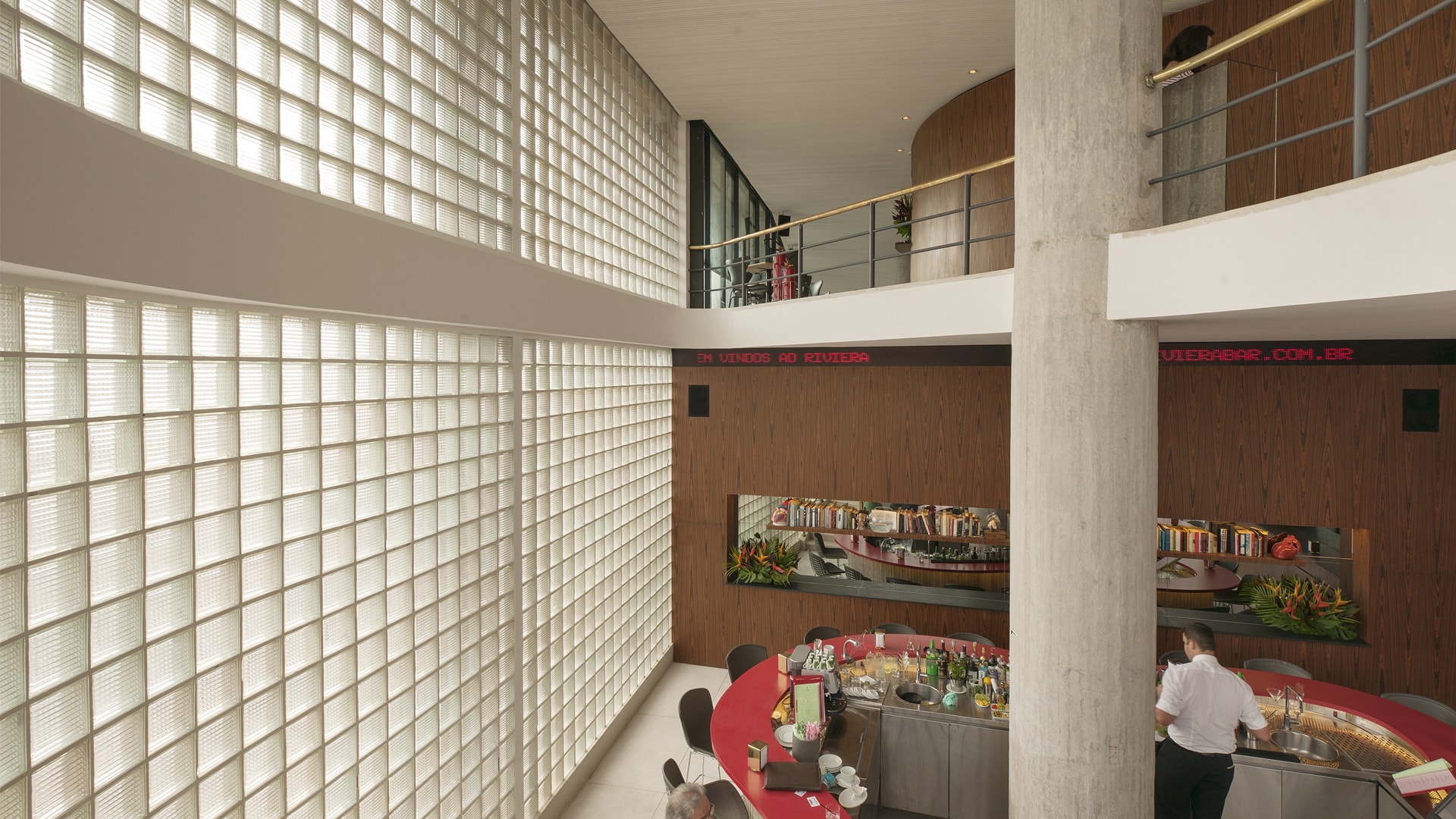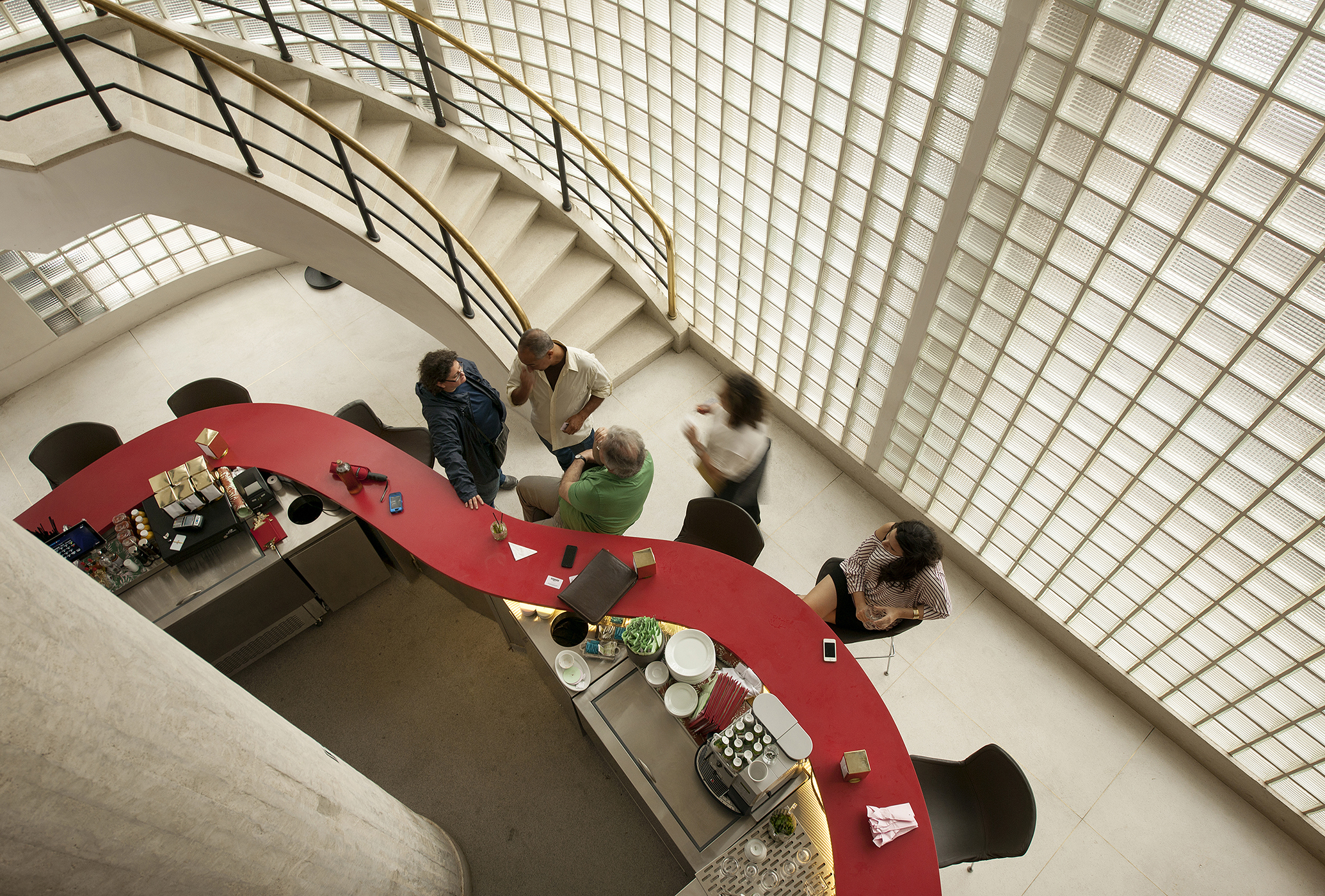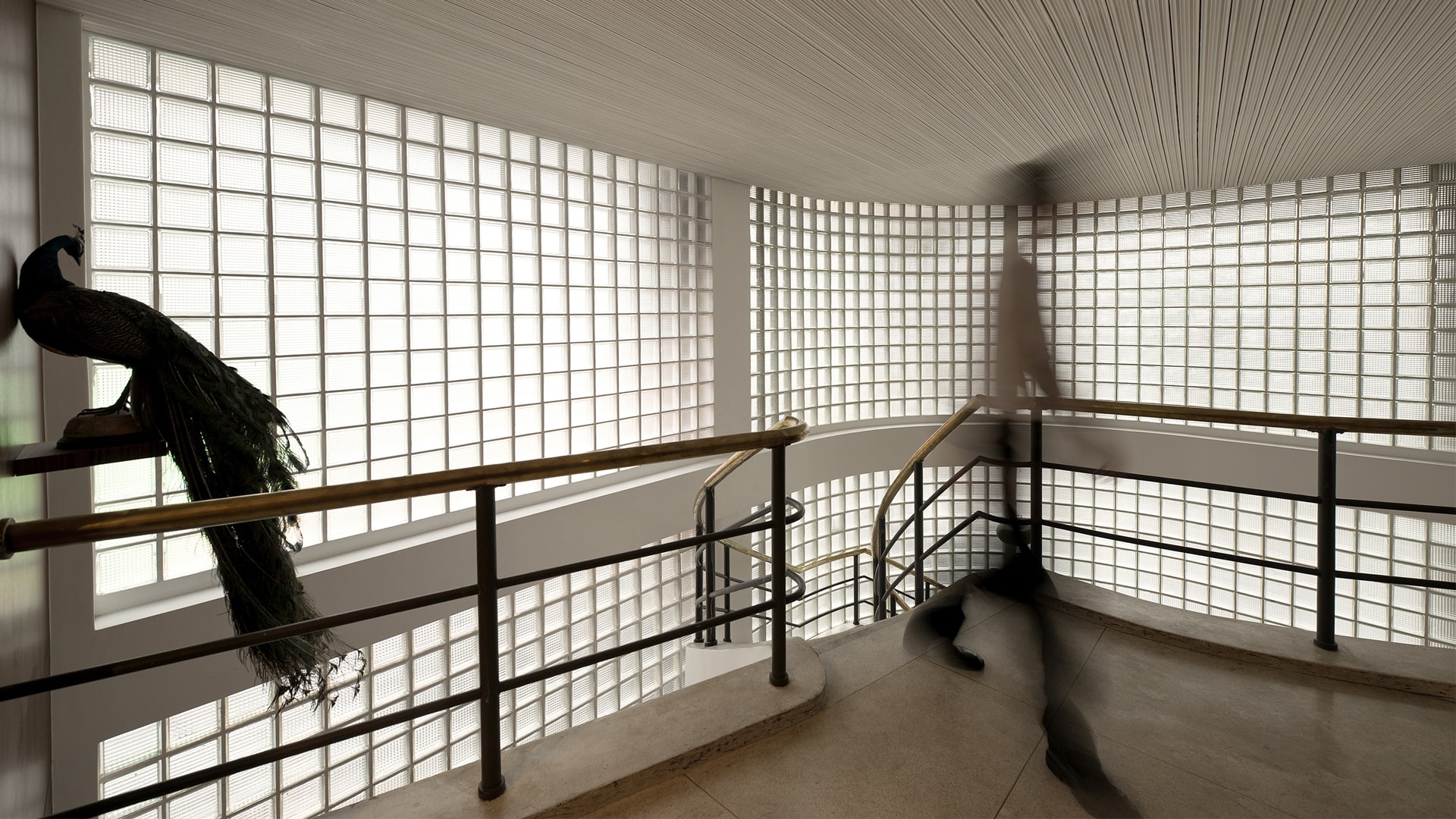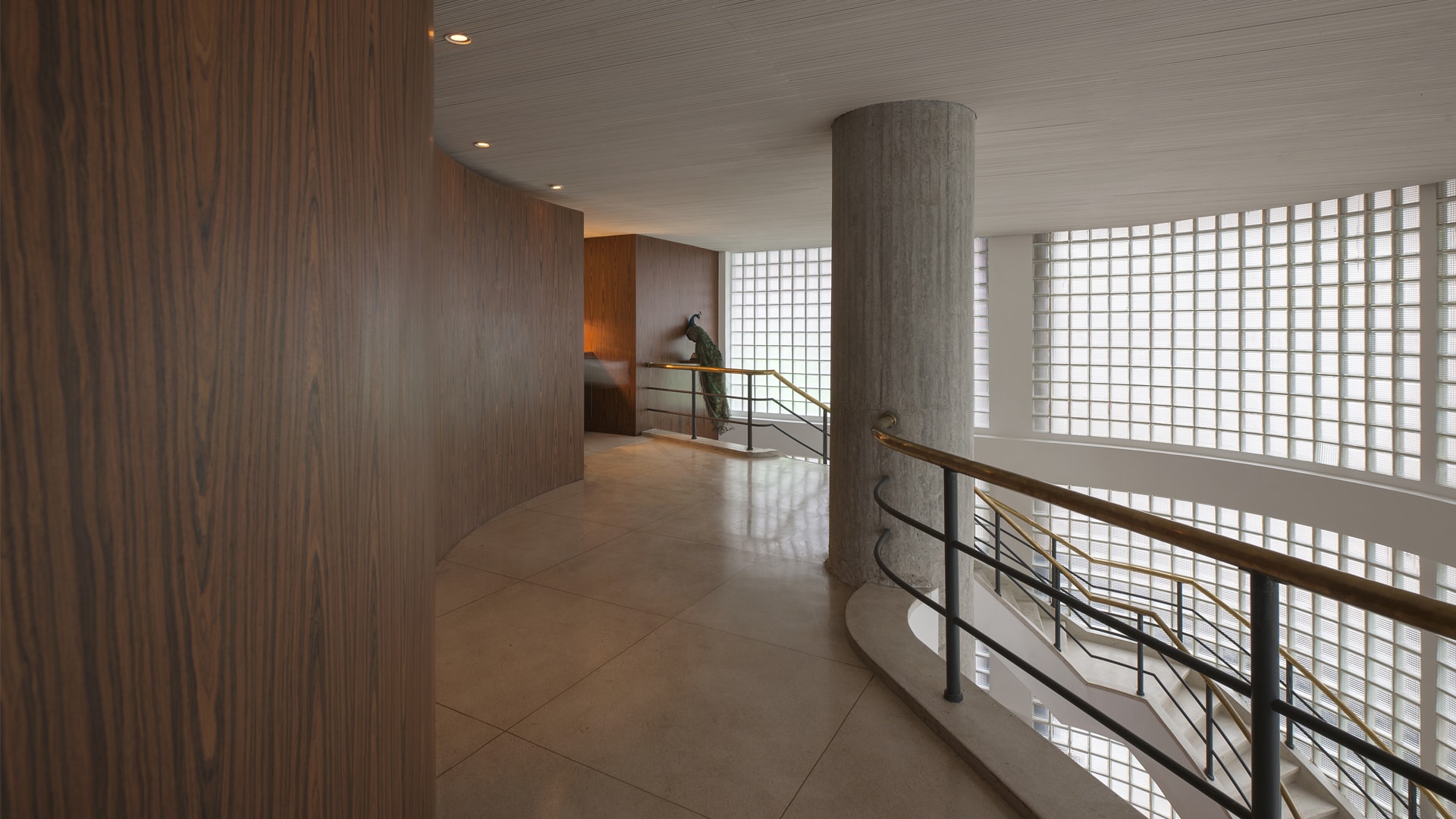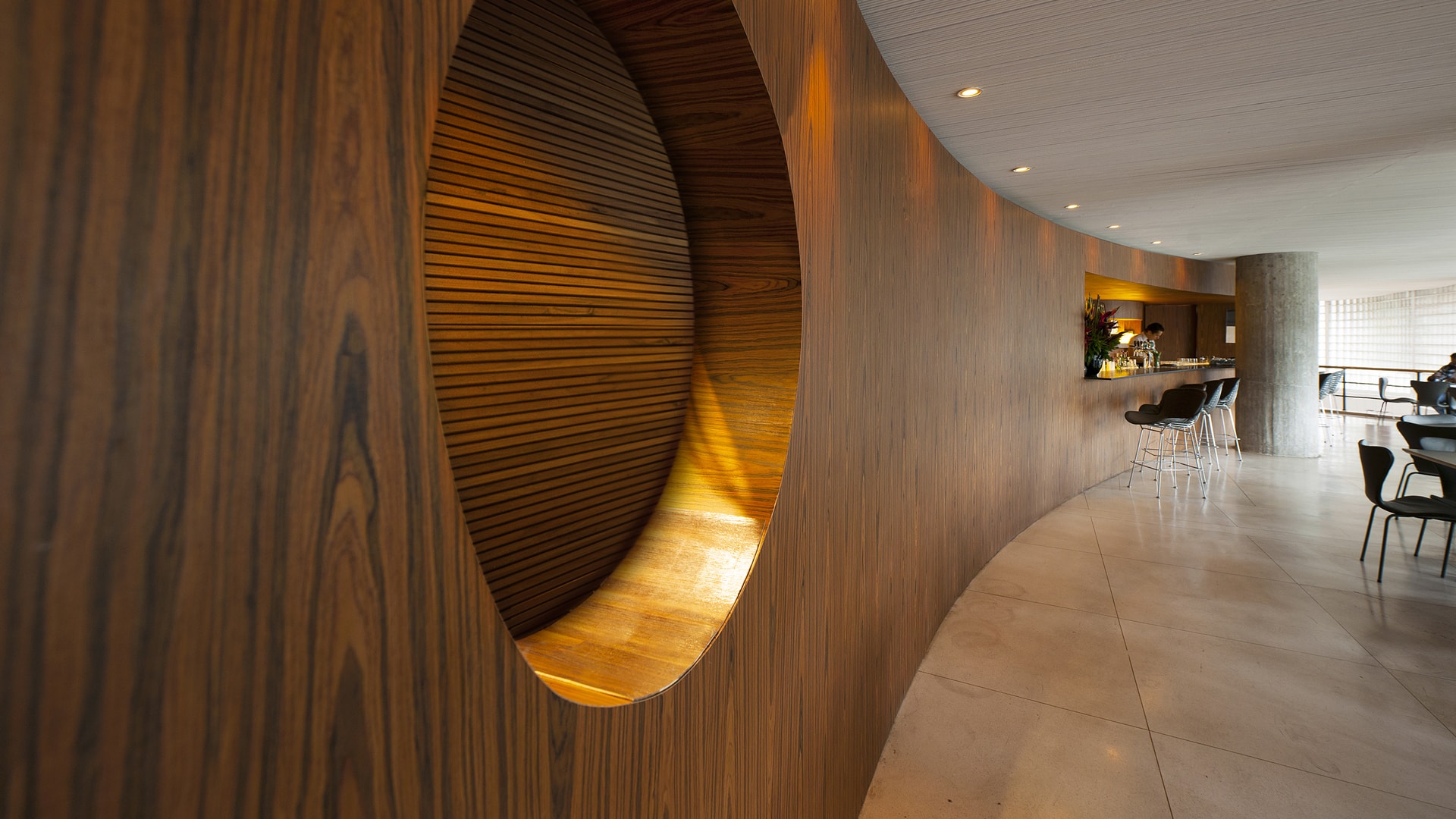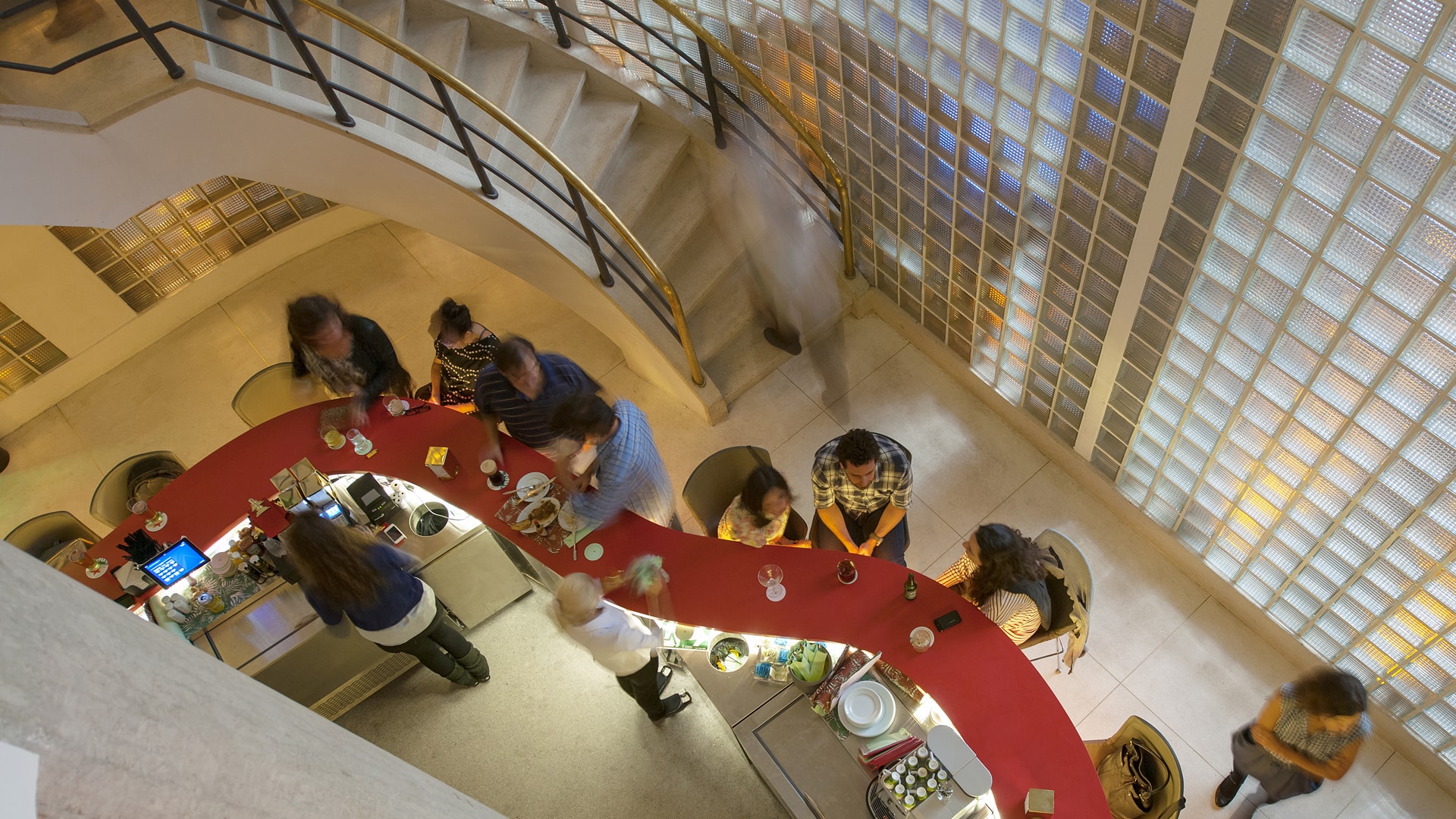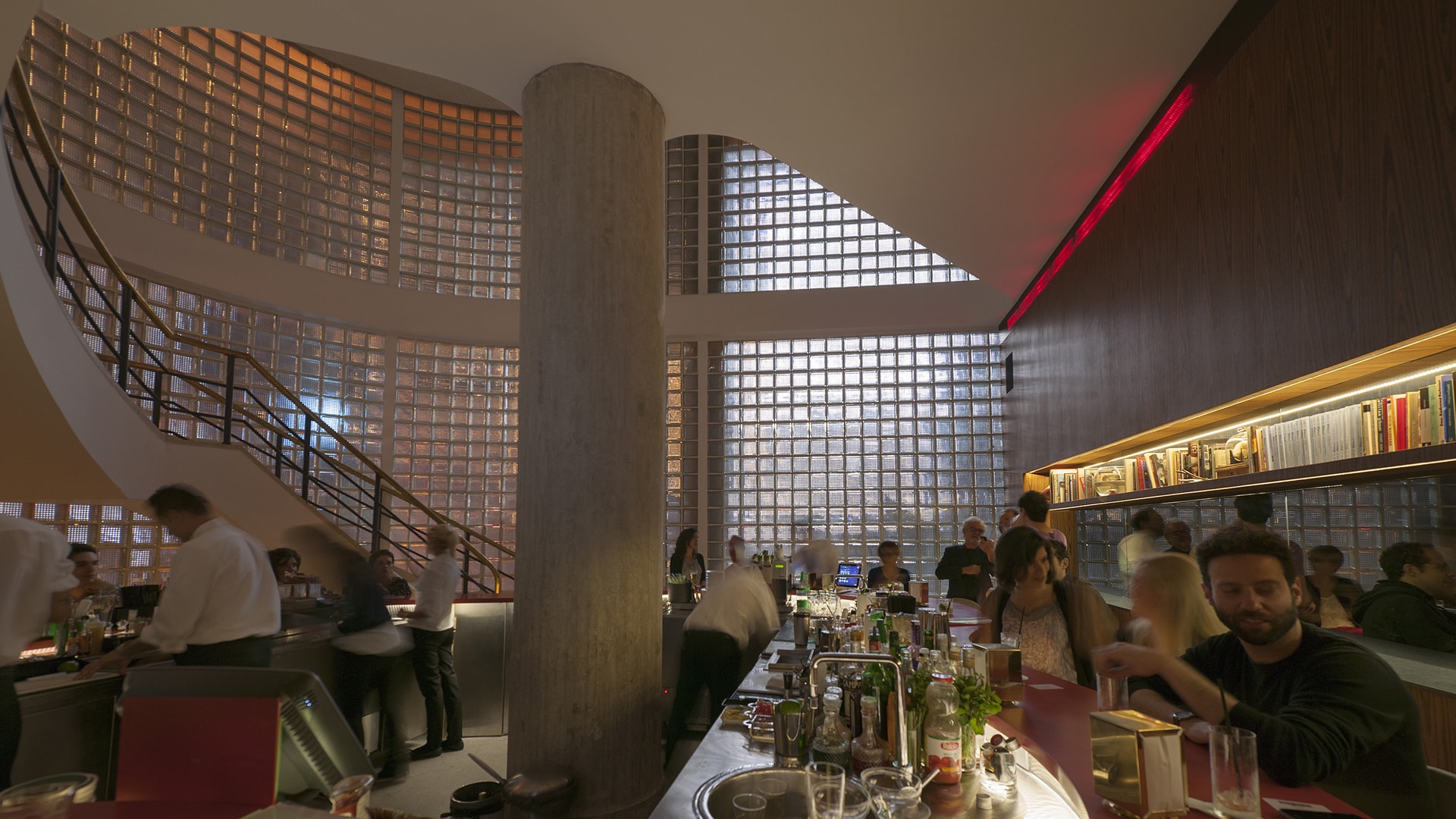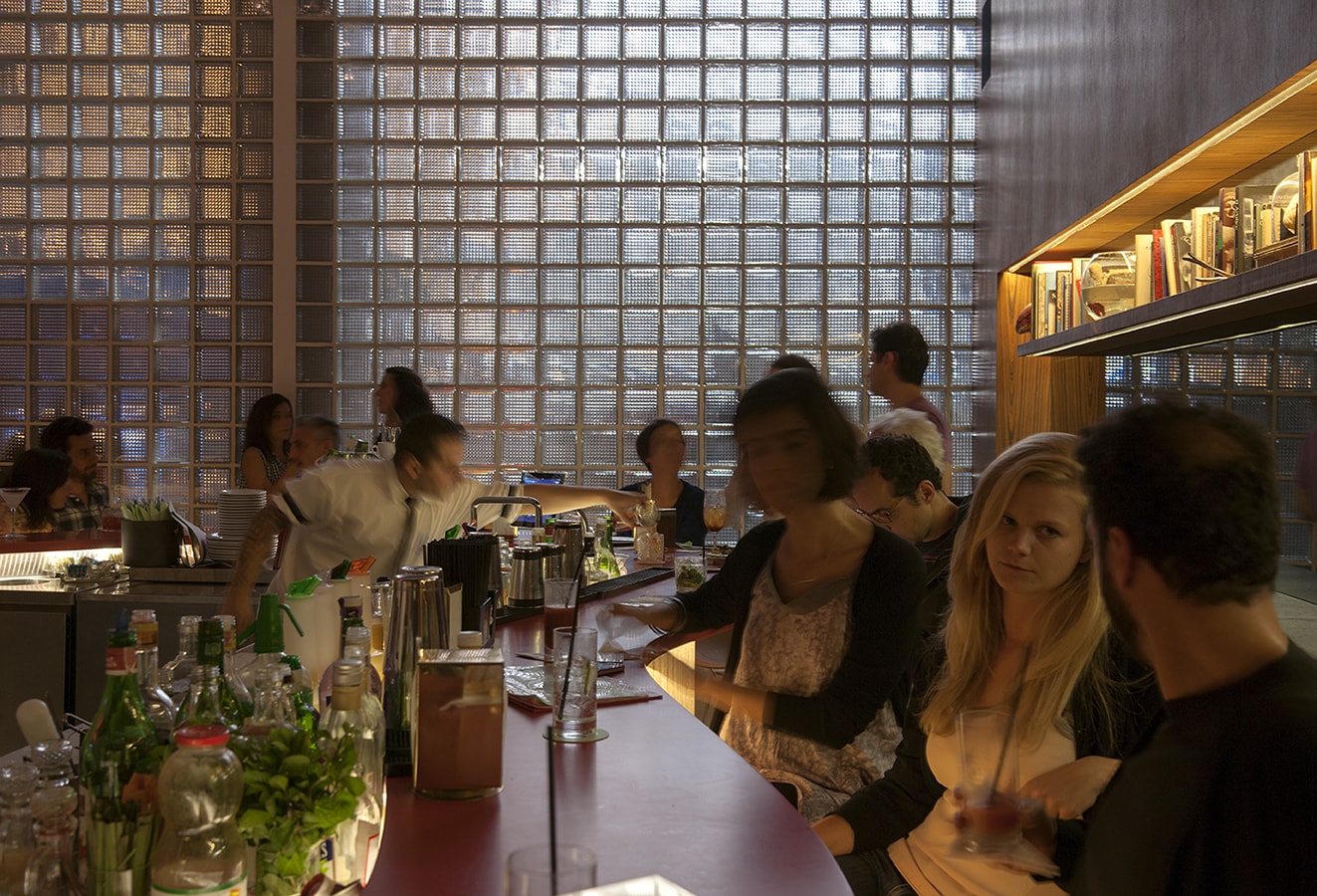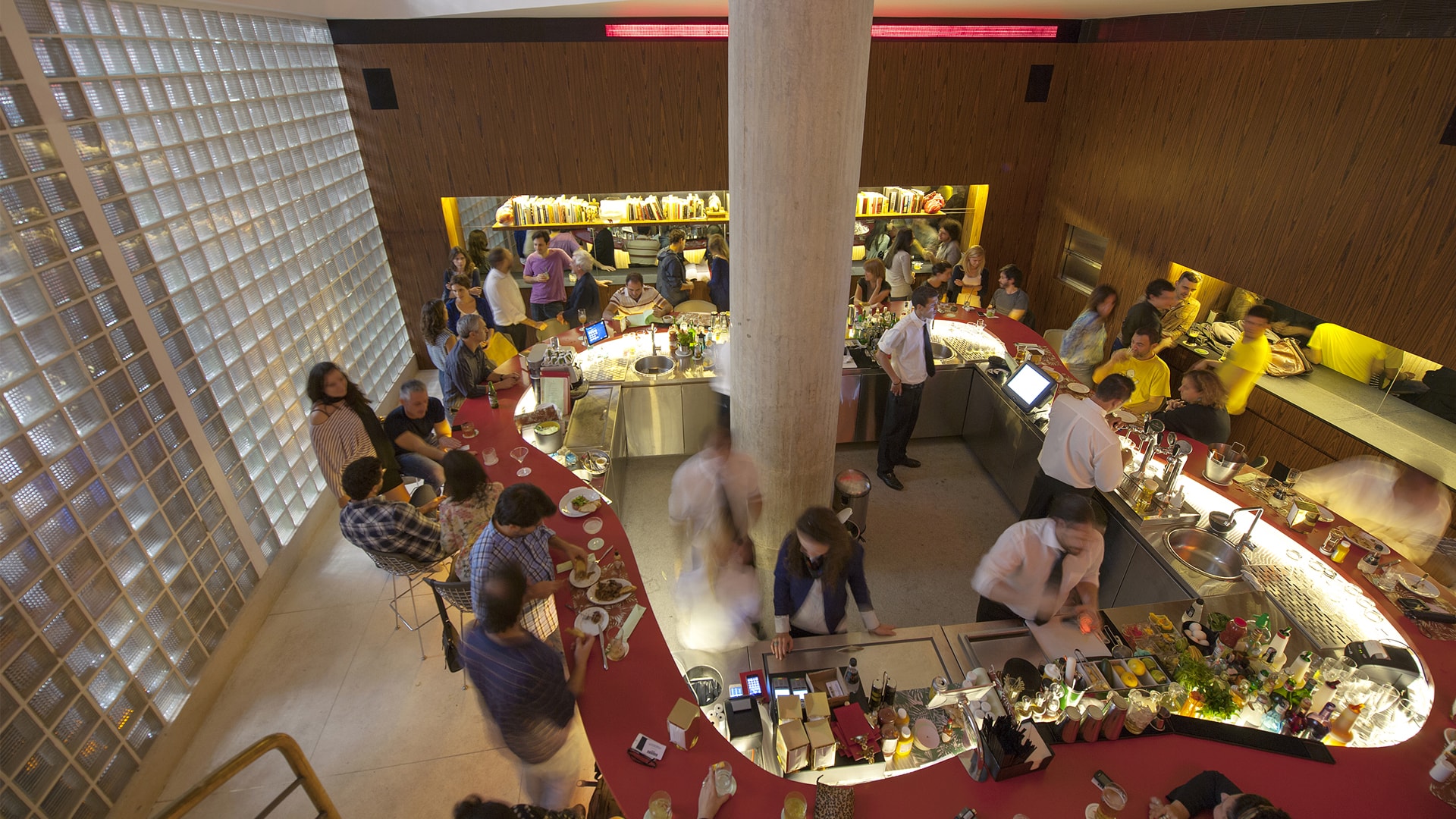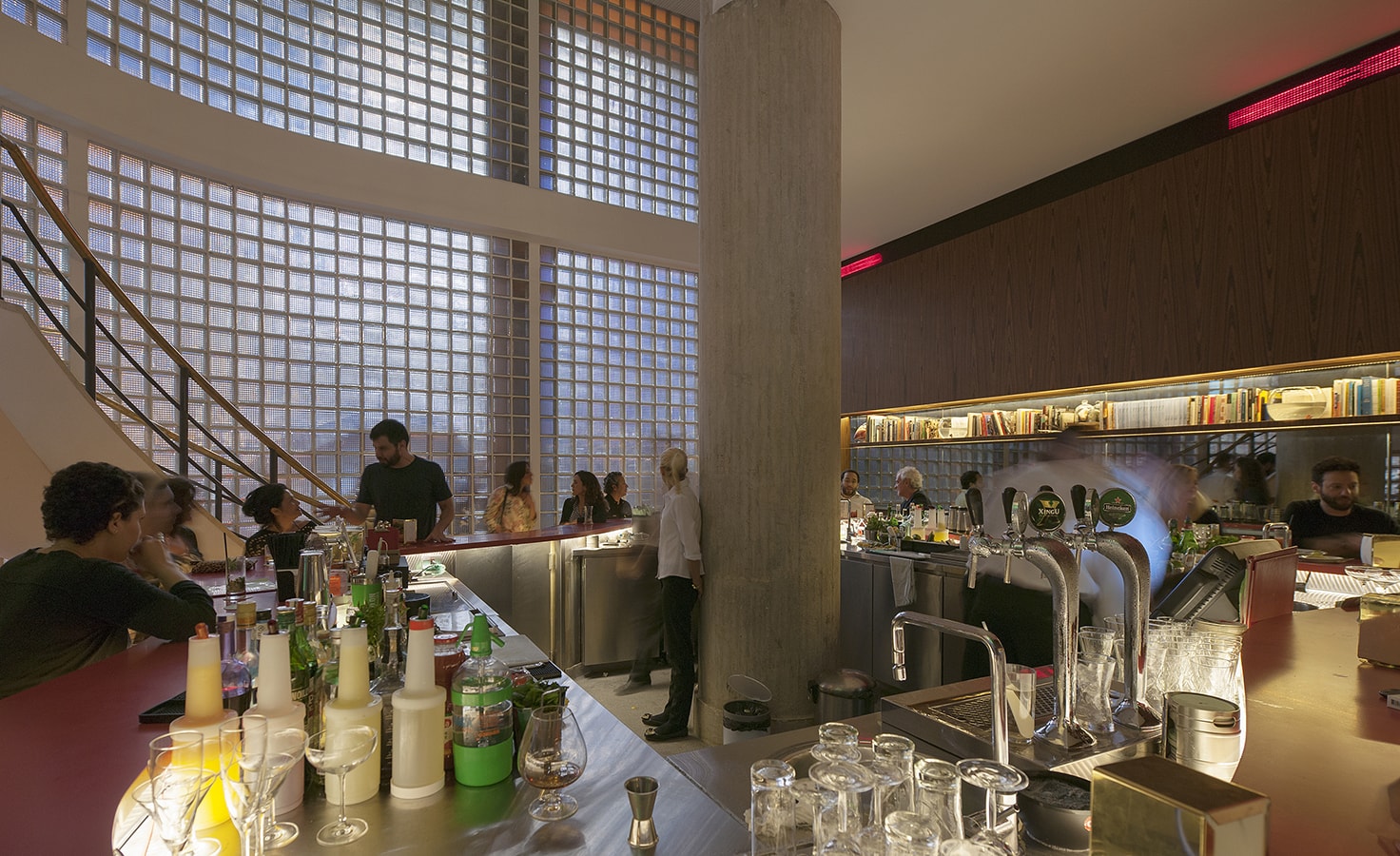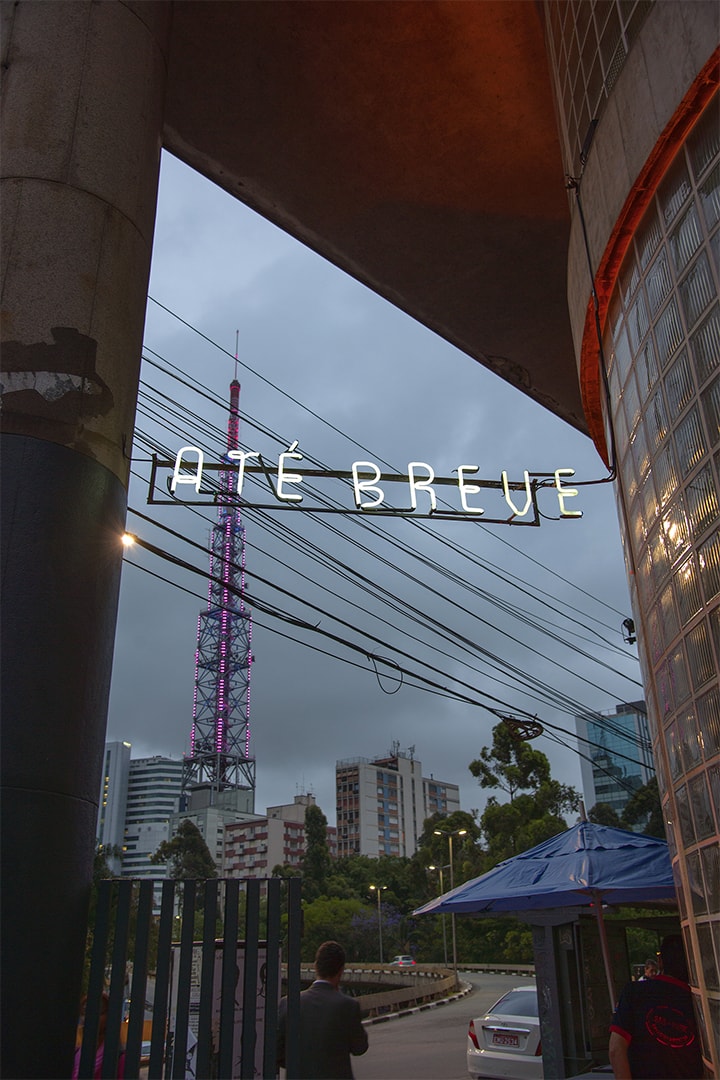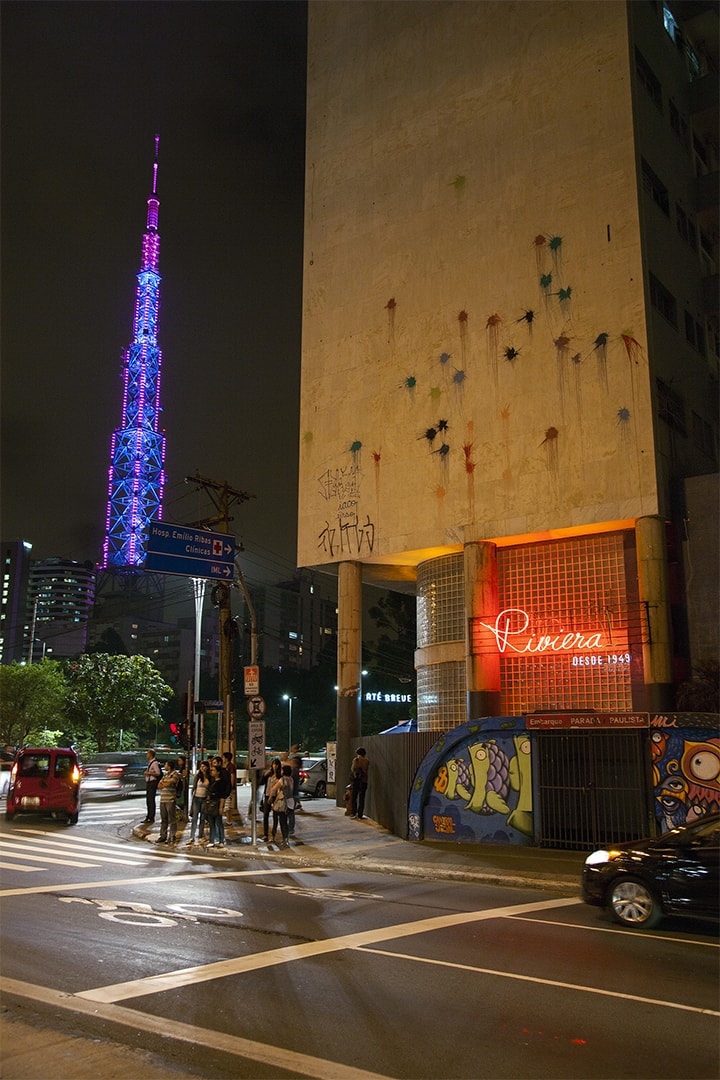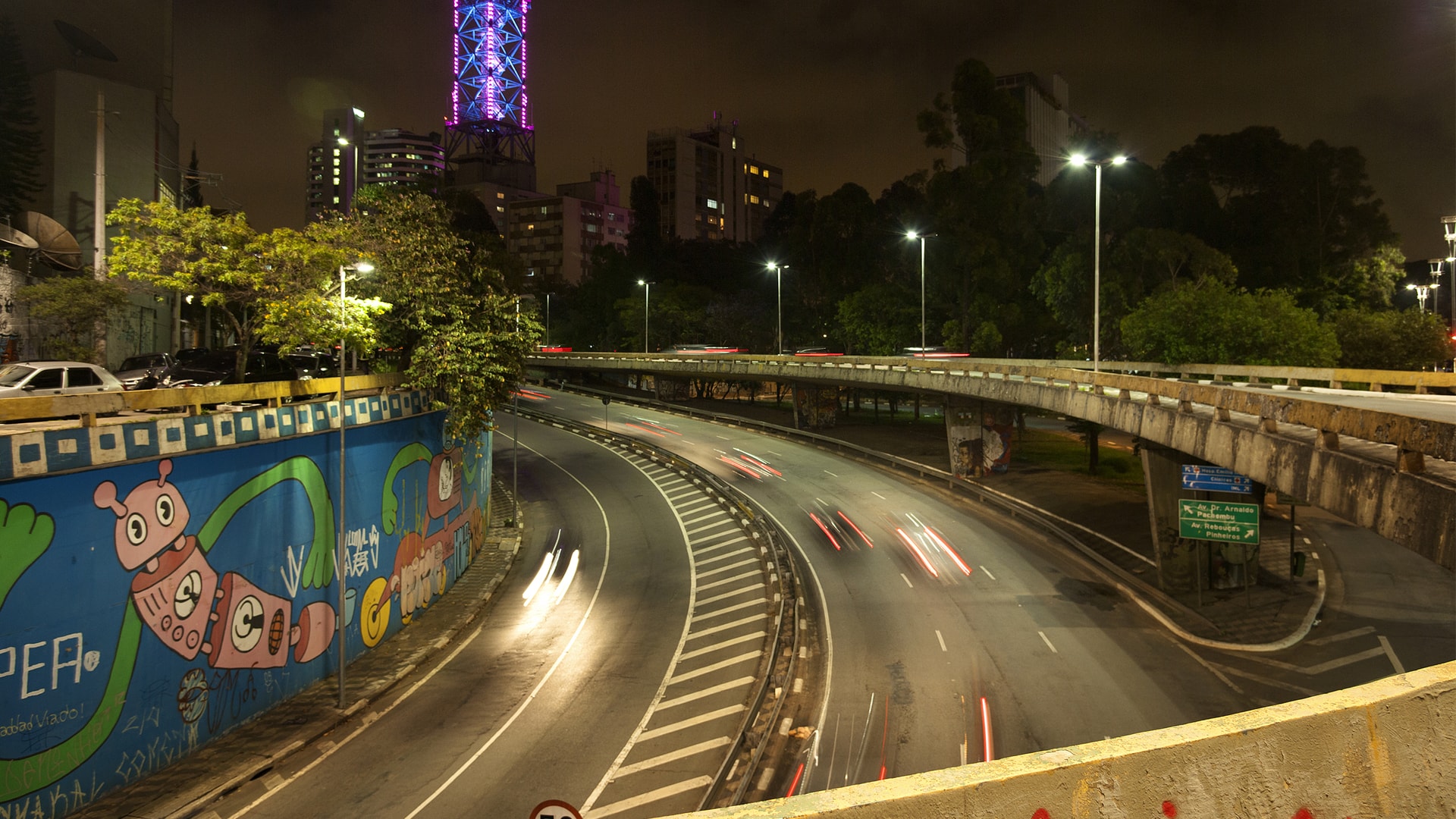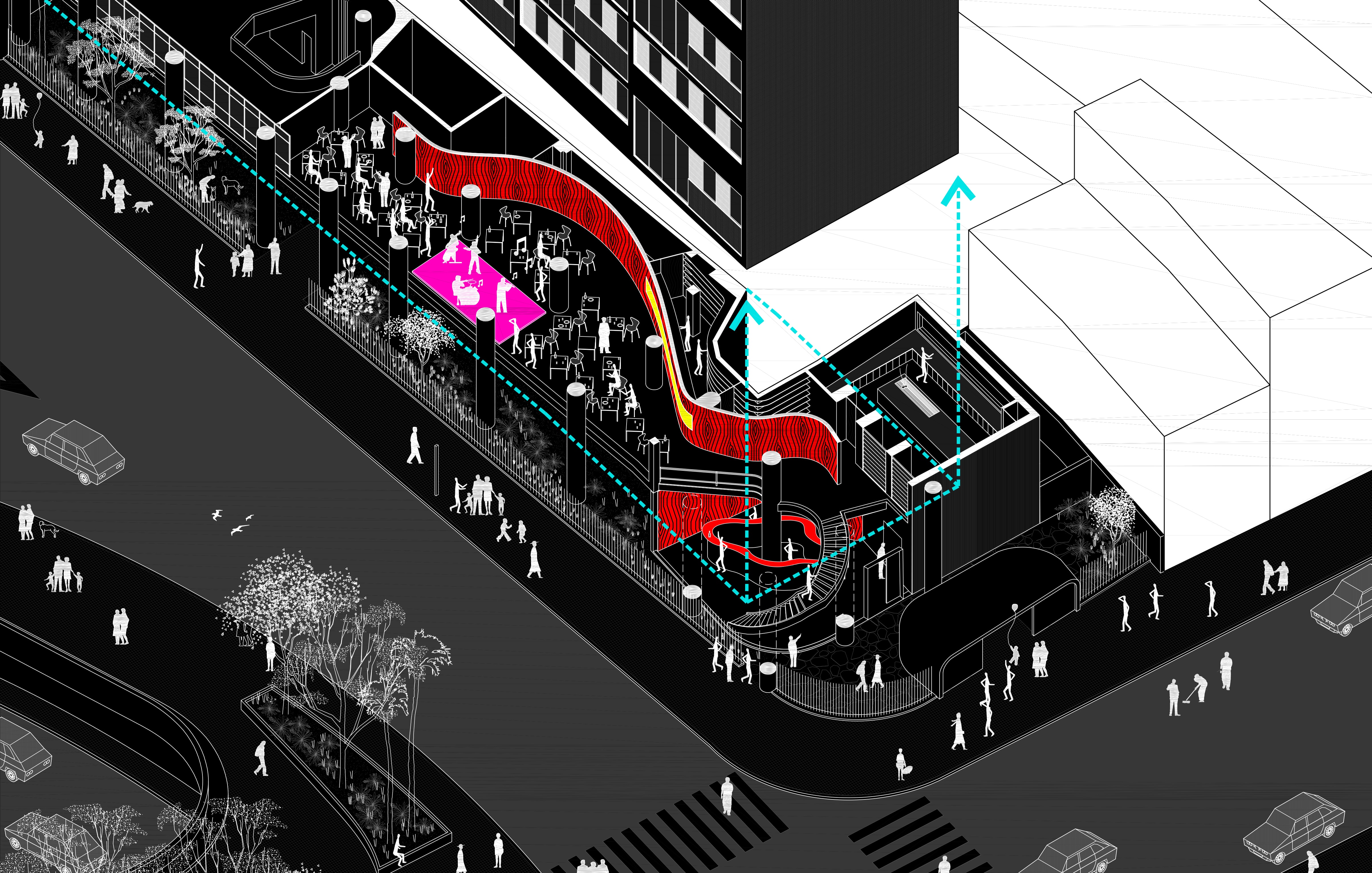Open in 1949, the Bar Rivieira, during the 60’s and 70’s had been an important meeting place for the intellectual left of São Paulo – a type of piéce de résistance during the Brazilian military regime. Living through the glorious epoch, already quite decadent, the establishment had closed its doors. A new undertaking by Facundo Guerra, in 2013, he had decided to reopen the Rivieira and the project, exactly where it had previously been located, recuperating the spirits of days gone by, with elements that recaptured the modernist architecture of that building in which it is installed, located at the beginning of Avenida Paulista, the main street of the city.
The initiative is partnered with Alex Atala, chef of DOM, one of the most prestigious restaurants in the world of contemporary gastronomy. Commanding the kitchen of Rivieira, daily, is his disciple Luciano Nardelli. In the same way that the menu offers traditional drinks, the food as well brings the classic dishes of the São Paulo night-life delicately re-elaborated with a creative contemporary touch.
The curved lines of the glass bricks of the façade are transported to the inside. The result is a sinuous counter – done in Corian resin – registered throughout the ground floor. In the center, the waiters and barmen serve the public; and around them the clients can openly see the whole space, seeing all of the people in the enclosure. Besides the counter in an organic shape, the restrooms are located on this floor as well.
A sculpture-like staircase – originally from the space – takes us to the first floor, where there is the large salon on the restaurant and the kitchen. The organization of the site is done by a curved wooden gable which separates the restaurant from all the technical and preparation areas. On the first floor, there are nightly shows with live music, as in a jazz club. Thus, the project incorporates a small infrastructure for a dismountable stage in the center of the space, as well as a light and sound control room, and a wooden shell for the acoustics.
The choice of the furniture privileged pieces of classic modern design, such as the Bertoia bar stools on the ground floor and the Danish 7 Series chair, by Arne Jacobsen. The layout of the entire space can easily be rearranged according to use. The material chosen, such as the dark wood for the walls, sought to create a cozy atmosphere for the bar. The granilite floor (a mixture of marble, granite, sand, cement and water) and the resin and rock are resistant, taking into consideration the intense use of the spaces.
While the ground floor looks to the inside, with its more informal ambient, the first floor has large glass Windows from where it is possible to see the high tunnels and avenues, creating a relationship with the surrounding urbanity. All of the architectural intervention was done in a simple and bare manner so as not to lose the characteristics of the place avoiding a luxurious connotation.
Mariana Simas
location > são paulo . sp . brasil
project > december . 2012
conclusion > october . 2013
built area > 470 sqm
-
architect > marcio kogan
co-architects > beatriz meyer . diana radomysler . eduardo chalabi
architecture team > eduardo gurian
communication team > carlos costa . laura guedes . mariana simas
-
photographer > rômulo fialdini
Open in 1949, the Bar Rivieira, during the 60’s and 70’s had been an important meeting place for the intellectual left of São Paulo – a type of piéce de résistance during the Brazilian military regime. Living through the glorious epoch, already quite decadent, the establishment had closed its doors. A new undertaking by Facundo Guerra, in 2013, he had decided to reopen the Rivieira and the project, exactly where it had previously been located, recuperating the spirits of days gone by, with elements that recaptured the modernist architecture of that building in which it is installed, located at the beginning of Avenida Paulista, the main street of the city.
The initiative is partnered with Alex Atala, chef of DOM, one of the most prestigious restaurants in the world of contemporary gastronomy. Commanding the kitchen of Rivieira, daily, is his disciple Luciano Nardelli. In the same way that the menu offers traditional drinks, the food as well brings the classic dishes of the São Paulo night-life delicately re-elaborated with a creative contemporary touch.
The curved lines of the glass bricks of the façade are transported to the inside. The result is a sinuous counter – done in Corian resin – registered throughout the ground floor. In the center, the waiters and barmen serve the public; and around them the clients can openly see the whole space, seeing all of the people in the enclosure. Besides the counter in an organic shape, the restrooms are located on this floor as well.
A sculpture-like staircase – originally from the space – takes us to the first floor, where there is the large salon on the restaurant and the kitchen. The organization of the site is done by a curved wooden gable which separates the restaurant from all the technical and preparation areas. On the first floor, there are nightly shows with live music, as in a jazz club. Thus, the project incorporates a small infrastructure for a dismountable stage in the center of the space, as well as a light and sound control room, and a wooden shell for the acoustics.
The choice of the furniture privileged pieces of classic modern design, such as the Bertoia bar stools on the ground floor and the Danish 7 Series chair, by Arne Jacobsen. The layout of the entire space can easily be rearranged according to use. The material chosen, such as the dark wood for the walls, sought to create a cozy atmosphere for the bar. The granilite floor (a mixture of marble, granite, sand, cement and water) and the resin and rock are resistant, taking into consideration the intense use of the spaces.
While the ground floor looks to the inside, with its more informal ambient, the first floor has large glass Windows from where it is possible to see the high tunnels and avenues, creating a relationship with the surrounding urbanity. All of the architectural intervention was done in a simple and bare manner so as not to lose the characteristics of the place avoiding a luxurious connotation.
Mariana Simas





